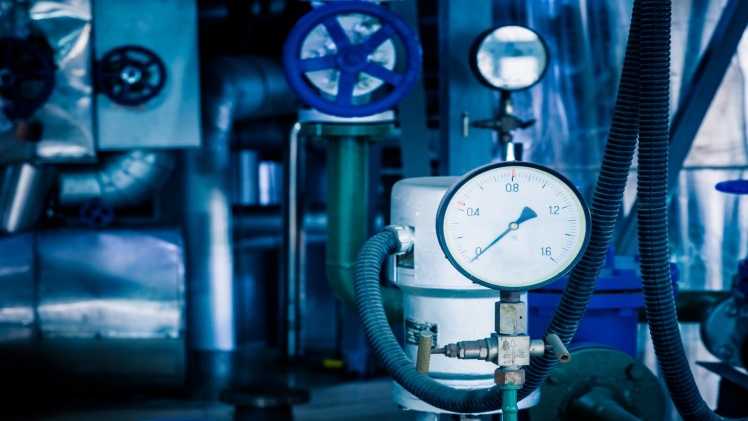Pressure Switches are a fantastic tool that can be used to detect and monitor the pressure of fluid or air in countless applications. You’ll find out how to use a pressure switch three different ways – from activating an active circuit, monitoring flow loss and keeping tabs on upstream pressures. These devices really open up possibilities for all kinds of projects so why not give them a try?
The operation of a mechanical pressure switch
They use changes in pressure to actuate, with a diaphragm connected to an expertly calibrated spring inside the switch. Once beyond its setpoint, the switch trips so you can be sure your machinery is running safely! These savvy devices come both in normally open (NO) or normally closed (NC) contact varieties – ensuring each job gets exactly what it needs!
3 Common Uses for Pressure Switches
Here are three common uses for pressure switches:
- Pump control: Pressure switches are often used to control pumps. In this scenario, the pressure switch is placed in a pipeline or tank where it can monitor the pressure. When the pressure drops below a certain level, the pressure switch sends a signal to the pump to turn on and increase the pressure back to the desired level. Once the pressure is back to the desired level, the pressure switch sends another signal to the pump to turn off.
Example: A water pump in a residential or commercial building.
- Safety: Pressure switches are also used as safety devices to prevent overpressure situations. In this scenario, the pressure switch is set to trigger an alarm or shut off a system if the pressure exceeds a certain level. This can prevent damage to equipment or injury to personnel.
Example: A boiler safety pressure switch that shuts down the system if the pressure exceeds a safe level.
- HVAC control: Pressure switches can be used in HVAC systems to monitor the pressure of the refrigerant or air. In this scenario, the pressure switch can trigger the compressor to turn on or off depending on the pressure level, which helps maintain the desired temperature and humidity levels.
Example: A pressure switch used in an air conditioning system to monitor the refrigerant pressure and control the compressor.
Safety Tips for Using a Pressure Switch – important factors to consider when using a pressure switch
Using a pressure switch requires some precautions to ensure safety and prevent equipment damage. Here are some safety tips to consider when using a pressure switch:
- Proper installation: Pressure switches should be installed according to the manufacturer’s instructions. Make sure to use the correct fittings, tubing, and wiring. Improper installation can result in leaks, electrical hazards, or inaccurate readings.
- Regular maintenance: Pressure switches should be inspected and tested regularly to ensure proper operation. Check for leaks, corrosion, or damage to the switch or the surrounding equipment. Clean or replace the switch as necessary.
- Calibration: Pressure switches should be calibrated regularly to ensure accurate readings. Follow the manufacturer’s recommended calibration procedure and use calibrated equipment to verify the switch’s accuracy.
- Proper pressure range: Make sure the pressure switch is rated for the pressure range of the system it is monitoring. Using a pressure switch with a lower rating than the system can result in failure or damage.
- Electrical safety: When wiring the pressure switch, follow the electrical safety guidelines. Turn off power to the system before working on the switch. Use appropriate electrical connectors and follow the wiring diagram carefully. Make sure the switch is grounded properly.
- Training: Proper training is essential for those who operate or maintain pressure switches. Ensure that personnel are trained on the safe use of pressure switches and understand the hazards associated with them.
- Labeling: Make sure the pressure switch is labeled clearly with the appropriate pressure ratings and electrical requirements. This will help prevent confusion and ensure that personnel understand how to use the switch safely.
By following these safety tips, you can help ensure the safe operation of pressure switches and prevent equipment damage or injury.

